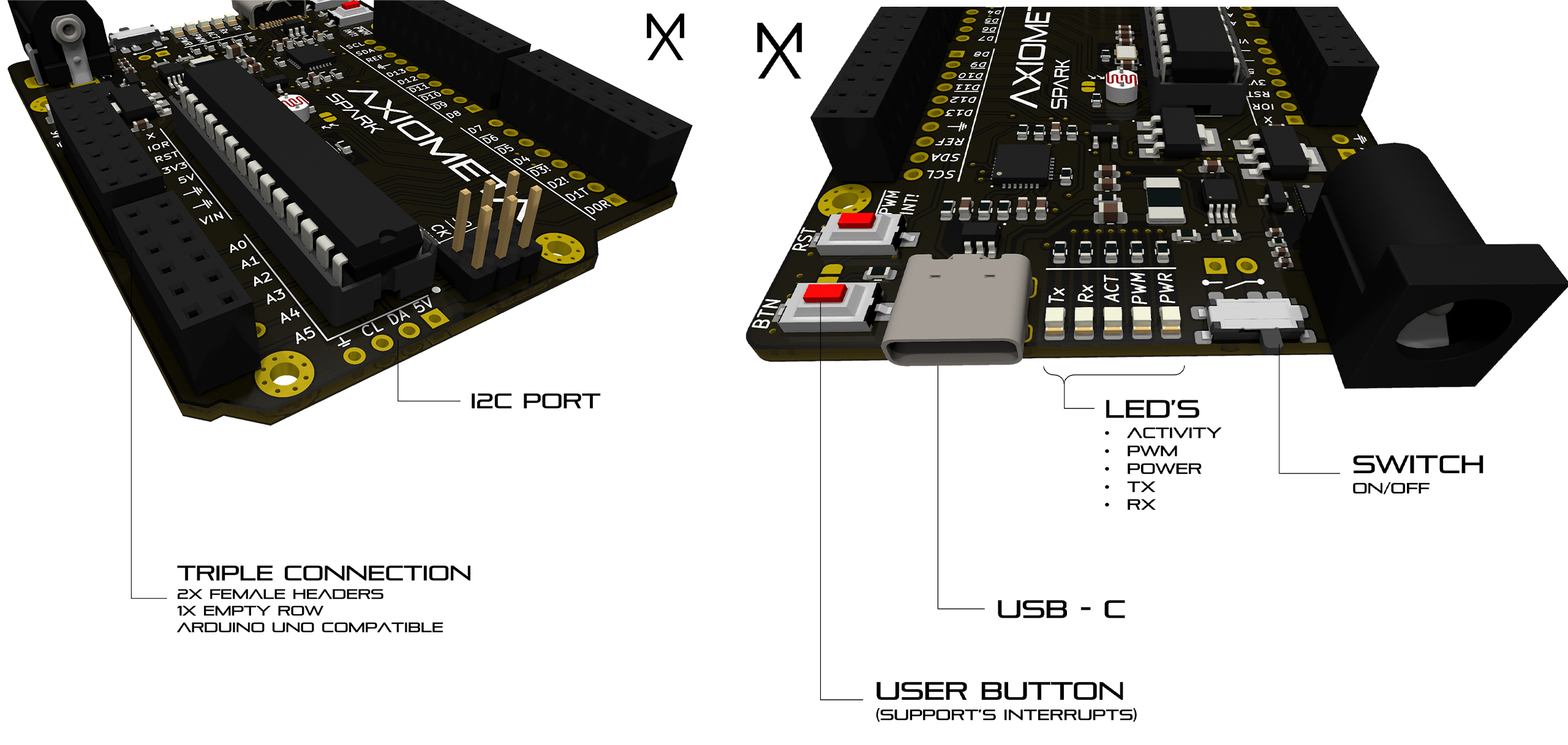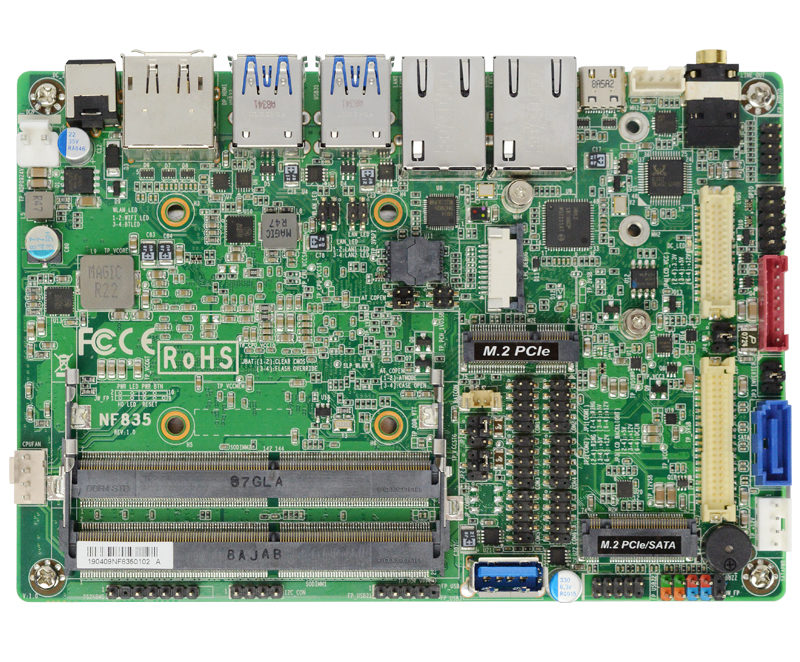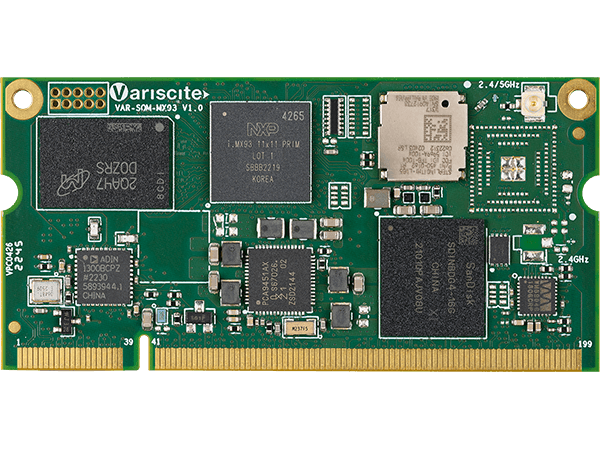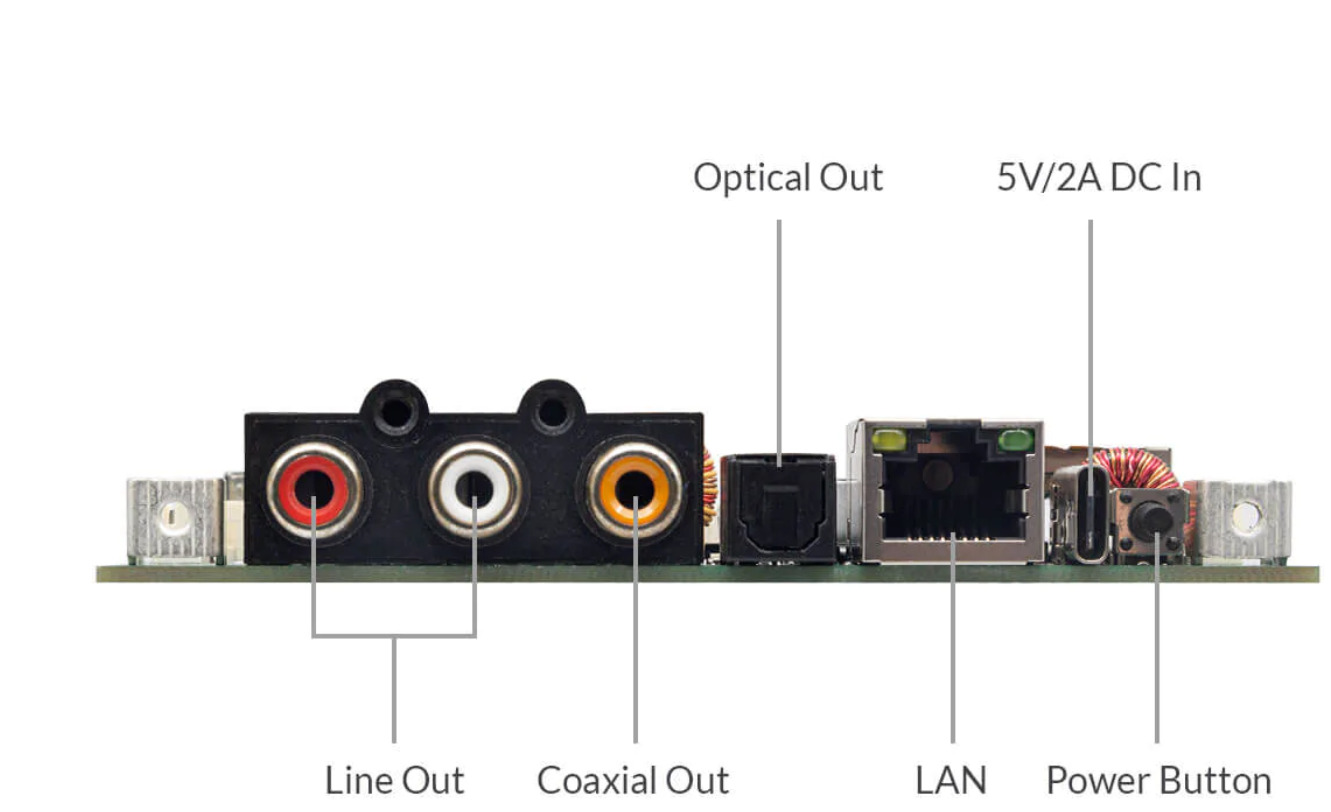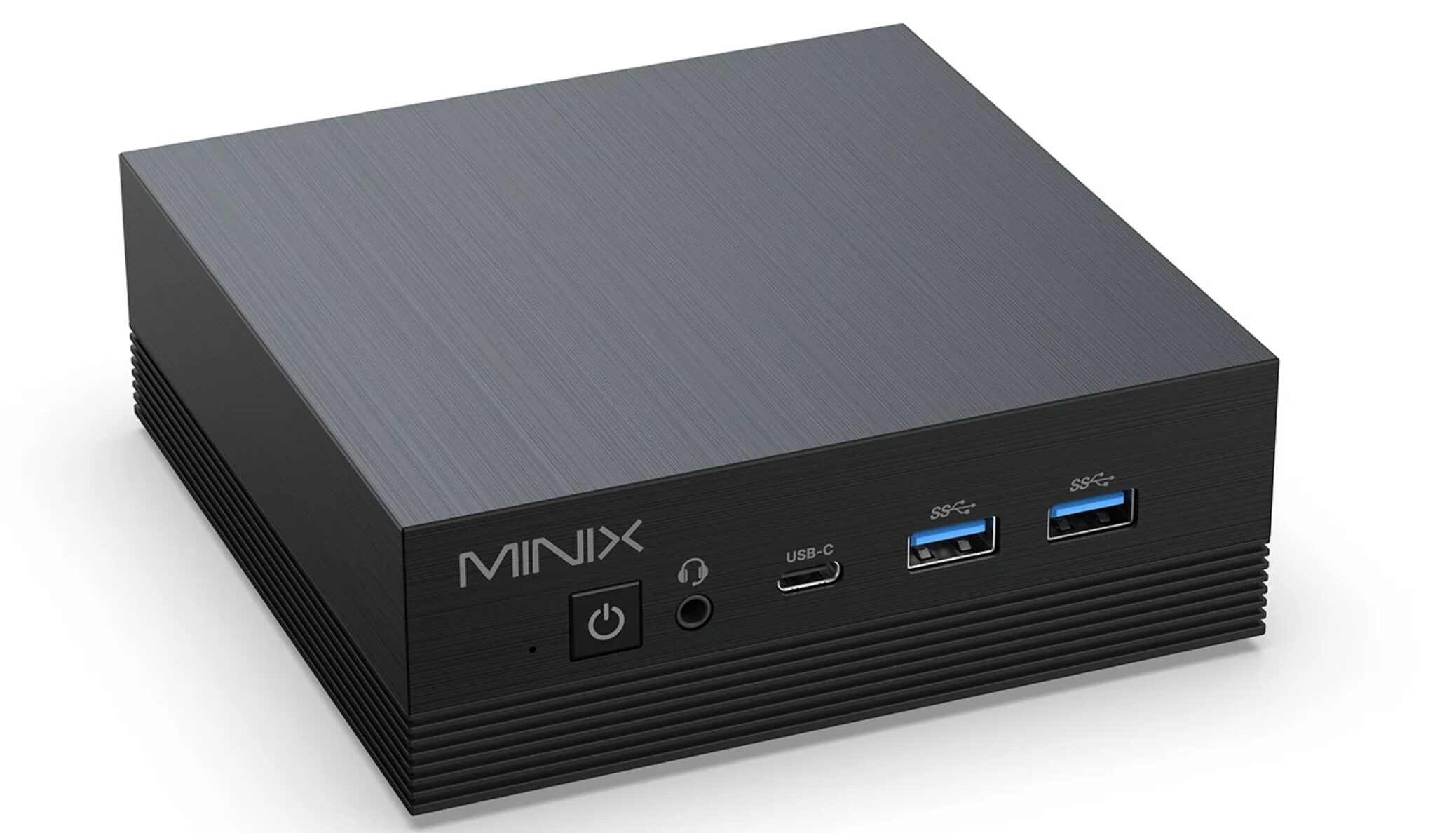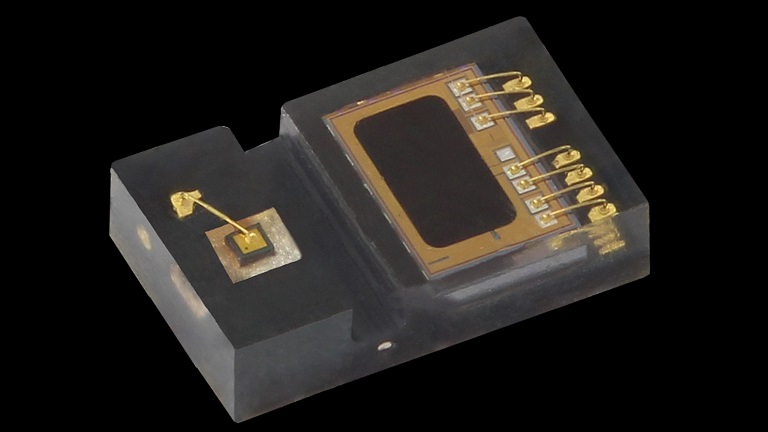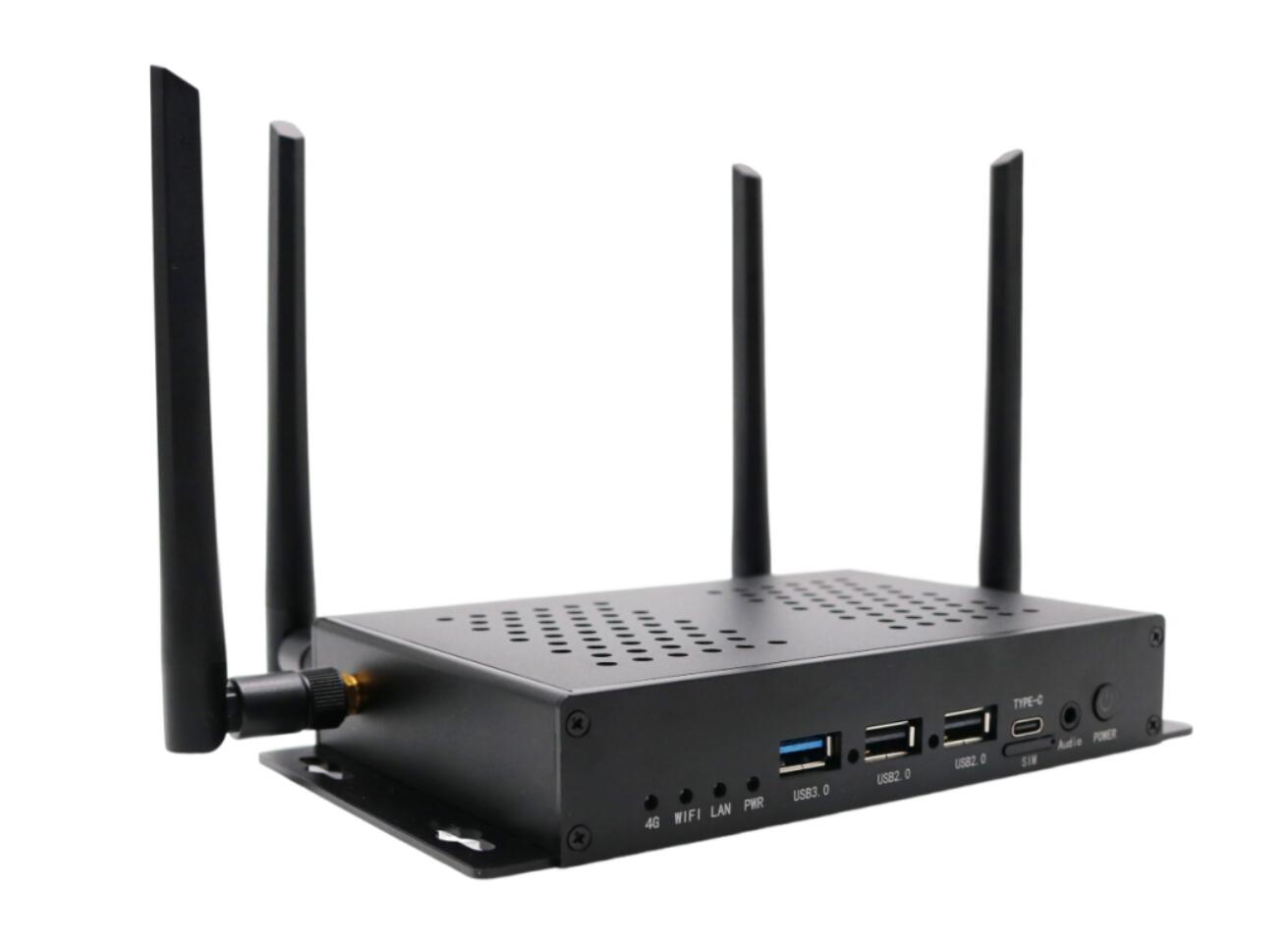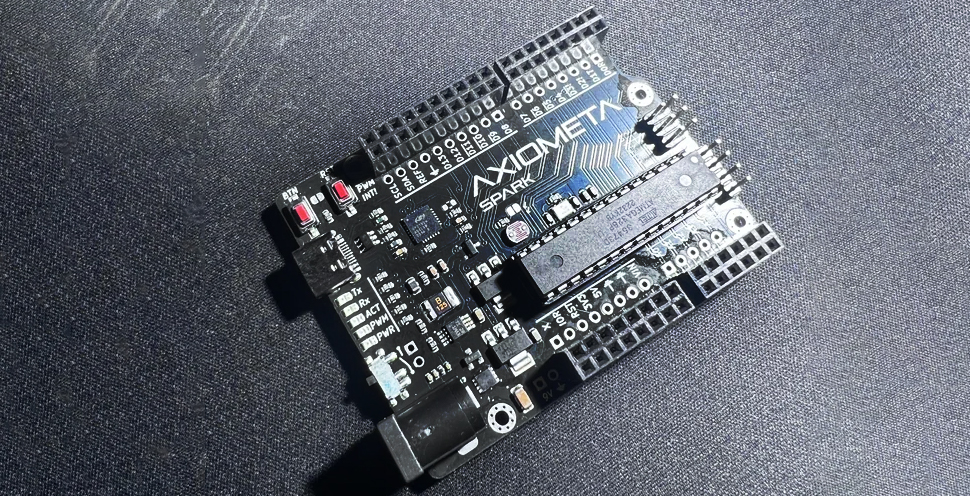
Arduino Board Includes a USB-C Port, LDR, Power Switch, and Many Other Features
Designed by Polia31, the Axiometa Spark is a Custom Arduino Board with all the most used features that are used in everyday projects.
Features of this custom Arduino board include a USB-C port, triple rows of pin headers for easy connections, an interrupt-supported user button, and additional I2C ports. Additionally, it has a light-dependent resistor (LDR), a dedicated power switch, multiple status LEDs, a battery connector, and an enhanced power regulator for stable 3.3V and 5V outputs, making it a highly versatile and user-friendly development tool.
This board improves on the classic Arduino by fixing common issues and adding new features. one example could be the USB port, the original Arduino UNO R3 has a USB-B cable which often doesn’t work or goes missing, and if it’s lost or brake it, you can’t use the device without soldering extra wires to the PCB. This new board solves that problem by adding a USB-C port onboard.
When working with multiple sensors, the single 5V and 3.3V outputs of the classic Arduino UNO can be limiting. This new board solves this by having three lines of I/O pins, making it easier to connect more sensors. It also has extra I2C headers, user buttons, and a power switch to easily turn the device on or off.
Axiometa Spark Custom Arduino Board Specification:
- Connectivity:
- USB Type-C
- Triple header rails
- Extra I2C Ports
- Battery Connector
- Barrel Jack up to 15V Input
- Interface:
- User Button (Interrupt supported)
- Light Dependent Resistor (On-Board LDR)
- Reset Button
- Power slider switch (on/off)
- Power switch extension port
- Triple header rails
- LEDs:
- Power
- PWM
- Activity
- Rx
- Tx
- Power:
- 3.3V @ 1A
- 5.0V @ 1A
- Extra Features:
- interrupt pins
- PWM pins
- IC pins
- Labeled ICSP pins
- Silkscreen labeling on both sides
- Third row of headers for easier multimeter positioning
- Swappable PDIP
If you’re interested in Polia31’s Axiometa Spark Custom Arduino Board, you can buy it for €19.99. It’s also open source, so you can find all the necessary documents and files on their website to build your own custom Arduino board.





